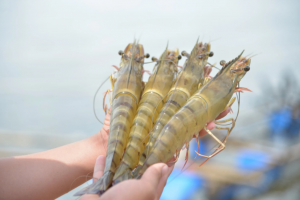
Vietnamese shrimp and catfish choose a sustainable path in global competition
03 January 2026 1031 View
Amidst fierce competition, Vietnamese shrimp and pangasius fish remain pillars of seafood exports, affirming their position through quality and enduring adaptability.
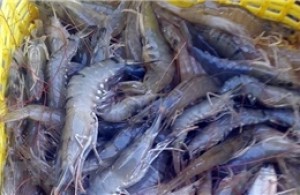
End-of-Season Shrimp Prices Reach Record Highs
02 January 2026 1048 View
At present, the price of whiteleg shrimp in Dong Thap Province is rising sharply toward the end of the production season, bringing optimism to local farmers.
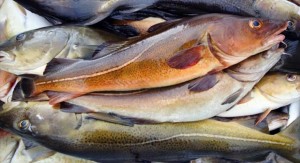
Norway – Russia Reach Barents Sea Fisheries Agreement for 2026
02 January 2026 1040 View
The Norwegian government stated that Norway and Russia have finalized a fisheries agreement for 2026 aimed at ensuring the sustainable management of aquatic resources in the Barents Sea, a region of key importance to Arctic fisheries.
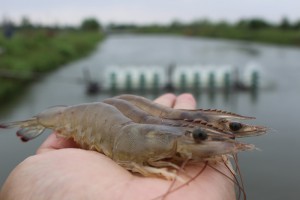
Cà Mau strengthens traceability to enhance the competitiveness of the shrimp industry.
29 December 2025 1129 View
In the context of deep integration into free trade agreements (FTAs), traceability and certificates of origin (C/O) have become a strategic tool enabling Cà Mau Province to transform its export potential into a clear competitive advantage in the international market.
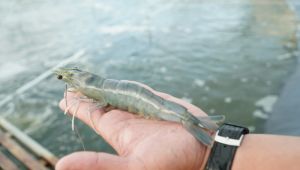
Cold stress: Effects on the plasma characteristics of whiteleg shrimp.
27 December 2025 1106 View
Low water temperature is a major stress factor in the culture of whiteleg shrimp (Penaeus vannamei), leading to immune suppression and physiological disorders. Shrimp stop feeding at temperatures below 18°C and may die when the temperature drops below 12°C. Understanding the molecular
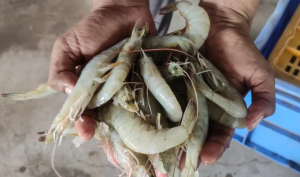
A new breakthrough in the prevention of diseases caused by the microsporidian parasite EHP in shrimp farming
27 December 2025 1102 View
Microsporidian parasite Enterocytozoon hepatopenaei (EHP) began to appear and spread in Vietnam in 2016. Although EHP does not cause mass mortality, it directly affects shrimp growth rates, causing slow growth, prolonging the culture period,
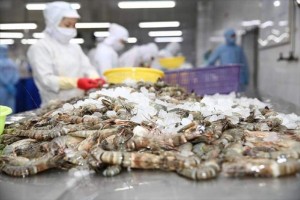
Vietnam’s shrimp export outlook in the first quarter of 2026 continues to face heavy pressure from tariffs.
24 December 2025 1147 View
According to the Vietnam Association of Seafood Exporters and Producers (VASEP), the risk of anti-dumping tariffs is the factor with the greatest impact on the market outlook.
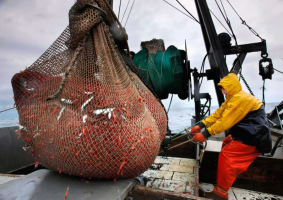
New England’s shrimp fishery to shut down for the long haul after years of decline
24 December 2025 1102 View
PORTLAND, Maine (AP) — Regulators voted Thursday to extend a shutdown preventing New England fishermen from catching shrimp, a historic industry that has recently fallen victim to warming oceans.
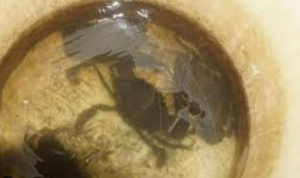
Crab exports to the United States account for more than 80%.
24 December 2025 1124 View
In the first 11 months of 2025, Vietnam’s crab exports showed signs of growth, but the overall picture still indicates a very high level of concentration in the U.S. market.
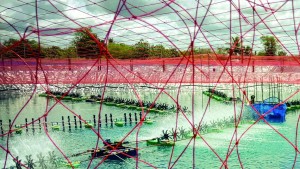
Thailand sets a target to increase shrimp production to 400,000 tons by 2026.
24 December 2025 1101 View
Thailand’s shrimp industry is calling on the government to turn the sector recovery plan into a “National Agenda Program”, with the expectation of significantly boosting production and seizing major opportunities in the U.S. market by 2026.
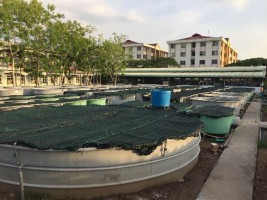
CTU-RAS: Recirculating Shrimp Farming for Sustainable Development
20 December 2025 1127 View
(TSVN) – The CTU-RAS model (integrating super-intensive whiteleg shrimp farming in a multi-species recirculating system) is a sustainable aquaculture solution that applies a closed-loop water recirculation technology to reuse water, reduce waste and minimize environmental impacts.
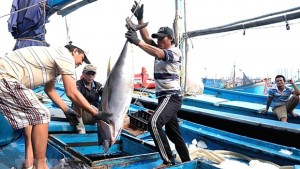
Vietnamese aquatic products reach new markets
20 December 2025 1121 View
Exporters in Vietnam are expanding into new markets with new aquatic product categories, helping the sector overcome global market volatility and achieve unprecedented growth in 2025.

Global Shrimp Forum: Global shrimp trade is reshaping
12 December 2025 1173 View
The rebalancing of global shrimp trade was already in motion before tariffs, which are now accelerating rather than driving the shift, according to Willem van der Pijl.
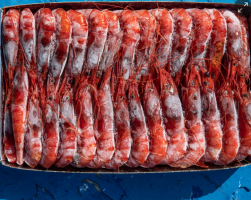
China’s Import Value Up 10%, Vietnamese Shrimp Remains Among Leading Suppliers
12 December 2025 1352 View
According to data from China Customs, as of the end of October 2025, China’s total shrimp import value reached approximately USD 4.3 billion, up 10% year-on-year, while import volume increased by only 1%. This indicates that Chinese consumers are willing to pay higher prices for shrimp products, leading to an increase in the average selling price.

After the 7.5-magnitude offshore earthquake in Aomori that injured 34 people, Japan has issued a warning about a potential mega-earthquake
12 December 2025 1155 View
The Japan Meteorological Agency has warned of the possibility of a mega-earthquake of magnitude 8 or higher along the Japan Trench and the Chishima Trench off Hokkaido, after a 7.5-magnitude earthquake struck off the eastern coast of Aomori late on December 8, injuring at least 34 people

India’s shrimp exports accelerate despite the trade war with the United States
09 December 2025 1156 View
Despite escalating trade tensions with the United States, India’s shrimp sector continues to show strong growth in fiscal year 2026, according to the Economic Times. Data from CareEdge Ratings indicates that in the first five months of the fiscal year, India’s shrimp exports increased by 18% in value to USD 2.43 billion, and by 11% in volume, reaching 348,000 tons
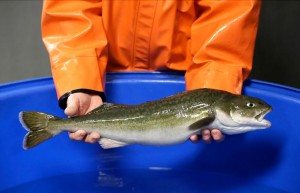
Portuguese food group acquires 18% stake in cod farming company Norcod
05 December 2025 1194 View
Norcod, the Norwegian cod farming company, has completed a private share placement to raise NOK 157 million (equivalent to £11.9 million) from Jerónimo Martins Agro-Alimentar, a subsidiary of the Portuguese food retail group Jerónimo Martins. The share price was set at NOK 12.38 (EUR 1.06) per share.

Indonesia implements radioactive-free shrimp certification for exports to the United States
02 December 2025 1202 View
Facing the risk of exported shrimp being contaminated with radioactive Cs-137, Indonesia has implemented a special certification program to ensure product safety and strengthen the confidence of the U.S. and international markets
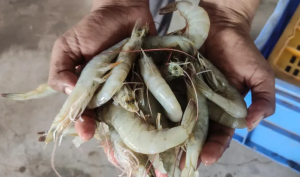
India is world’s second-largest shrimp producer. That is now under threat
02 December 2025 1281 View
US tariffs have dealt a deadly blow to the Indian shrimp industry that relies predominantly on exports.
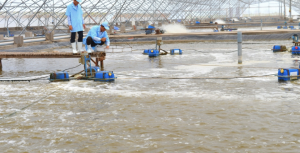
Ca Mau’s shrimp industry moves towards “green” growth
30 November 2025 1233 View
Leading the country in shrimp farming area, the Mekong delta province of Ca Mau is shifting to a green, clean, and sustainable strategy. Closed-loop, zero-waste shrimp farms are emerging, helping the province adapt to climate change and laying the foundation to become Vietnam’s clean shrimp hub.
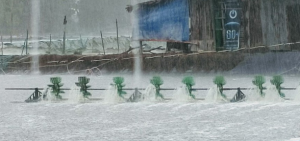
Floods devastate aquaculture, processing operations in Vietnam
30 November 2025 1242 View
Historic flooding has severely impacted aquaculture activities across the Central and Central Highlands provinces

Ecuador Leads Global Shrimp Exports, Surpassing USD 7 Billion in 2025
30 November 2025 1229 View
Ecuador has officially strengthened its position as the world’s leading shrimp exporter, with sales exceeding USD 7 billion, according to November 2025 data from Trademap and Latinometrics. This milestone reflects not only Ecuador’s dominance in the global shrimp market, but also the sustained growth and modernization of its aquaculture sector over the past two decades.
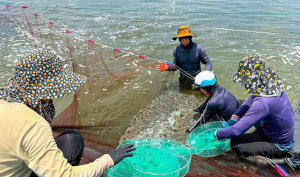
India's marine product exports rise 16% as new markets offset US dip
30 November 2025 1186 View
India’s exports continued to maintain a steady growth trend during April–October of the 2025 fiscal year, demonstrating strong resilience amid global economic fluctuations

Skretting presents the first shrimp feed with insect meal in Vietnam
29 November 2025 1236 View
November 2025 marks an important milestone in the aquaculture feed industry when Skretting Vietnam and Entobel officially announced a strategic cooperation. Entobel is a biotechnology company based in Singapore, specializing in producing insect-based food ingredients.



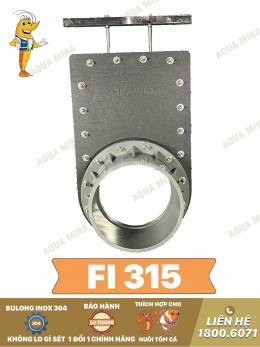
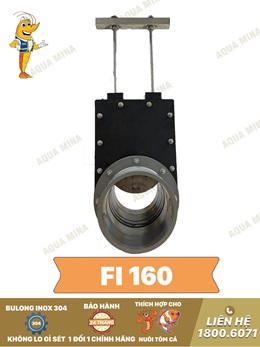
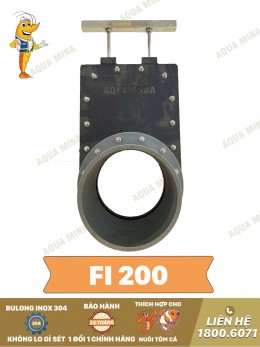
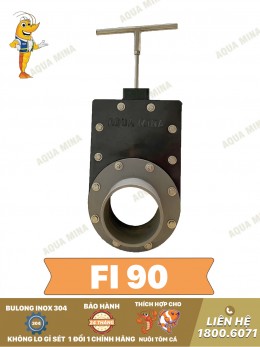
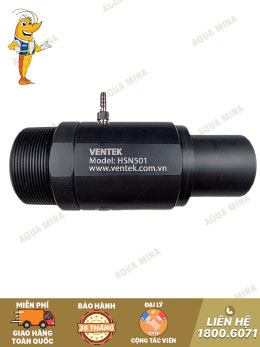
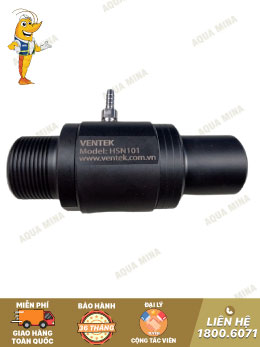
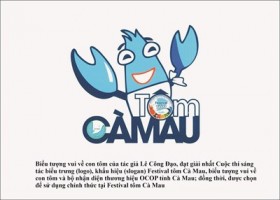
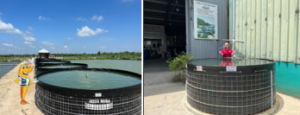
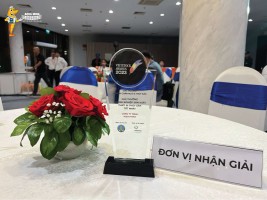
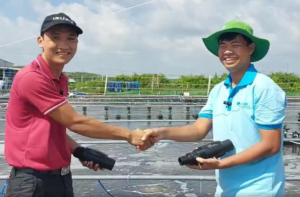
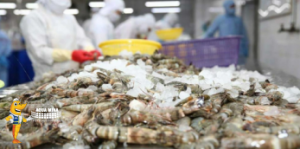
.jpg)